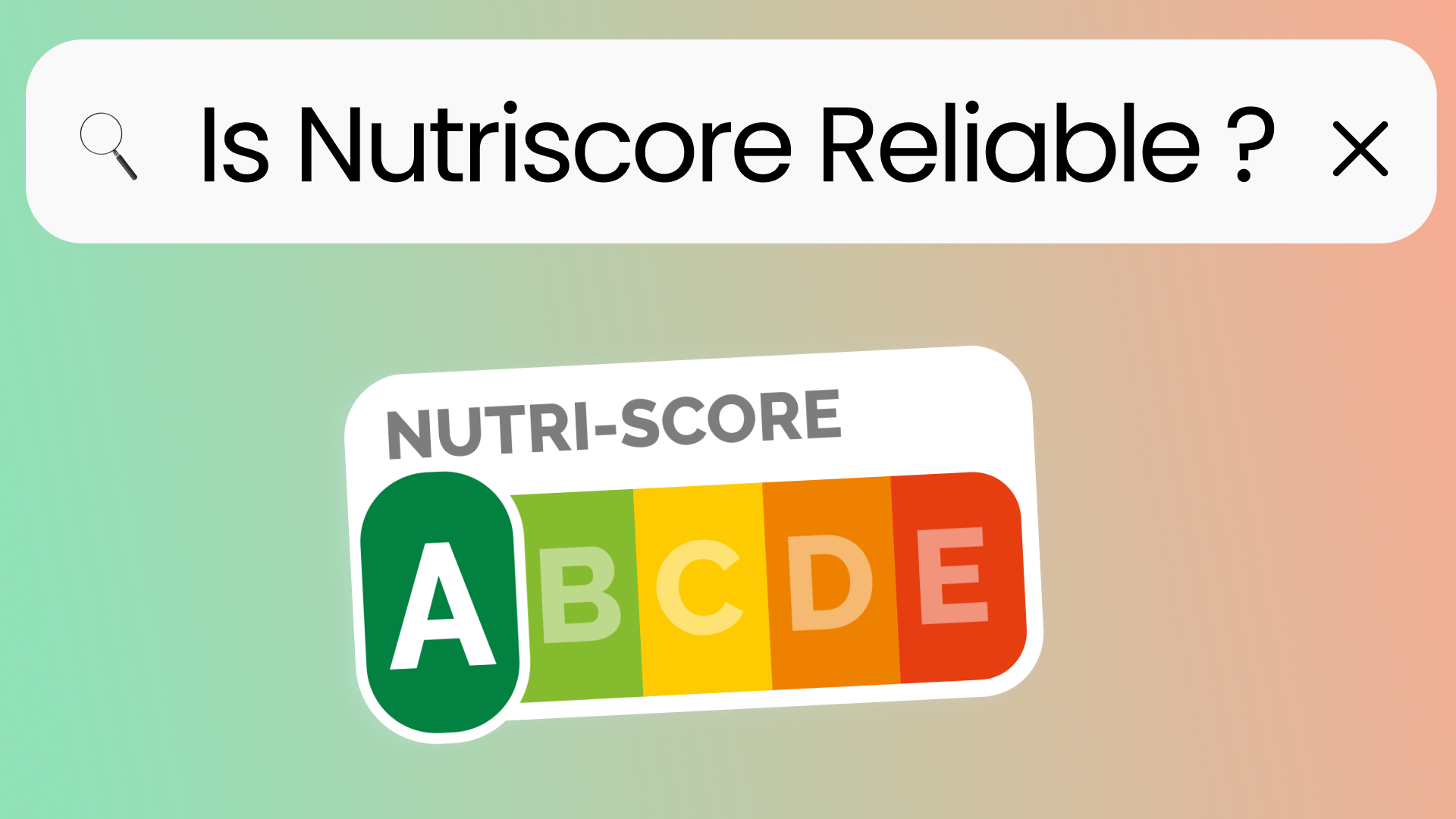
Project Overview
The Nutriscore, introduced in France in 2017 and now adopted in several European countries, is a nutritional labeling system that ranks foods from A to E (see formula details). Its aim is to help consumers make healthier food choices in their daily lives. It considers various nutritional elements such as calories, sugars, saturated fats, fiber, protein, and the presence of fruits and vegetables.
The goal of our project is to determine whether the Nutriscore applied to candies is reliable, using a filtered database for analysis.
Data Source
The data used in this project comes from the Open Food Facts database, which contains information on food products from around the world. We filtered the data to focus on candies and used SQL queries to extract relevant information for our analysis.

Visualizations were then created using R. The full analysis is available in our report written in English.
Report Excerpt
This scatterplot illustrates the relationship between sugar content (g/100g) and energy content (kJ/100g) of food products, categorized by their Nutriscore (from A to E).

Overall Linear Trend
An increasing relationship between sugar and energy is clearly visible. As a first approximation, this trend can be modeled by a growing affine function, although the spread of points indicates the trend is not strictly linear. This shows that as sugar content increases, energy intake tends to increase as well.
Heteroscedasticity
The vertical spread of points increases with sugar content.
This means that sweeter products can have more variable energy values,
suggesting the influence of other factors (fats, nutritional density, etc.).
Nutriscore Stratification
The colors show a clear stratification according to the Nutriscore:
- Products rated A and B (green) cluster in the lower zone, where sugar and energy levels are low.
- Conversely, products rated D and E (orange and red) accumulate in the upper zone, with high sugar and energy content.
For candies, added sugar weighs more heavily than energy in the Nutriscore calculation:
candies with low energy but high sugar content receive poor ratings,
while moderately sweet products can be rated better despite high calorie content.
This strong correlation confirms that sugar is the main penalizing factor for this category, but it may mask other nutritional dimensions (glycemic index, chemical additives, presence of microplastics, pesticides).
Moreover, foods naturally high in sugar — like honey or fruits, mostly composed of fructose — are not necessarily less healthy. Since the Nutriscore is designed for the "general case" and primarily targets added sugar and ultra-processed products, it should be complemented by indicators like vitamin content or glycemic index for a truly comprehensive assessment.
Project Results
The Nutriscore applied to candies proves to be reliable for distinguishing most "healthy" (A–B) from "unhealthy" (D–E) candies, thanks to the higher weighting of sugar (1 pt/4 g) compared to energy (1 pt/335 kJ): almost all candies contain added sugar, making this criterion very effective.
However, some candies rated A or B deserve closer attention, as their energy profile or presence of additives/low fiber may make the rating counterintuitive.
Furthermore, the indicator only considers the declared nutritional composition (energy, sugars, saturated fat, sodium, fruits/vegetables, fiber, protein).
It does not include contaminants (microplastics, heavy metals), undeclared micronutrients (vitamins, minerals), or quality labels (Organic, AOC, IGP, Label Rouge).
As it stands, it provides a basic nutritional density indicator; for a more comprehensive evaluation, it should be combined with other measures (glycemic index, lipid profile, additives, contaminant testing).
Multinational companies like Nestlé, Mars, or Ferrero fund and promote alternative systems (e.g. NutrInform Battery) to weaken the Nutriscore,
often under the pretense of defending gastronomy or the Mediterranean diet.
At the same time, countries (especially Italy and its allies) and dairy/meat industries (Lactalis, Savencia) oppose its European harmonization,
claiming it's a "discriminatory system" that penalizes their emblematic products.
But that's a topic for another article...
Takeaways
- Data cleaning and preprocessing: handling missing values, filtering out irrelevant products, standardizing nutritional measures.
- Statistical analysis: computing descriptive indicators (medians, correlations, heteroscedasticity) to assess Nutriscore coherence.
- Data visualization: creating scatterplots, boxplots, and correlation matrices to effectively communicate results.
